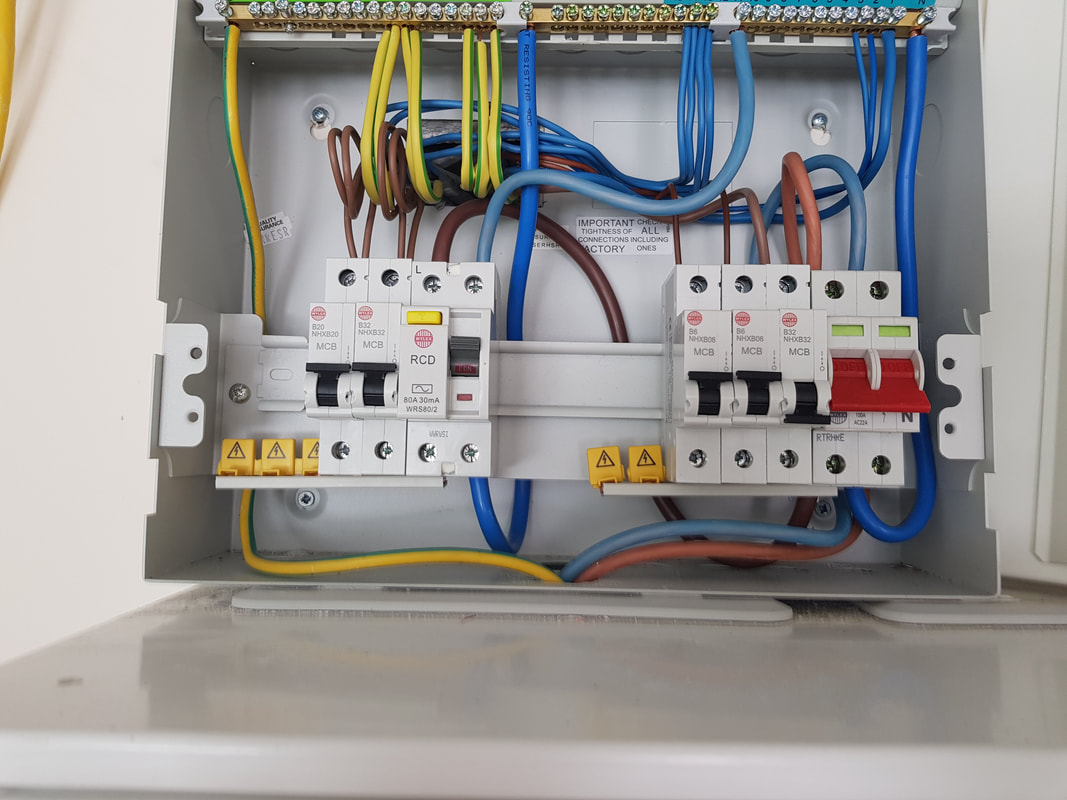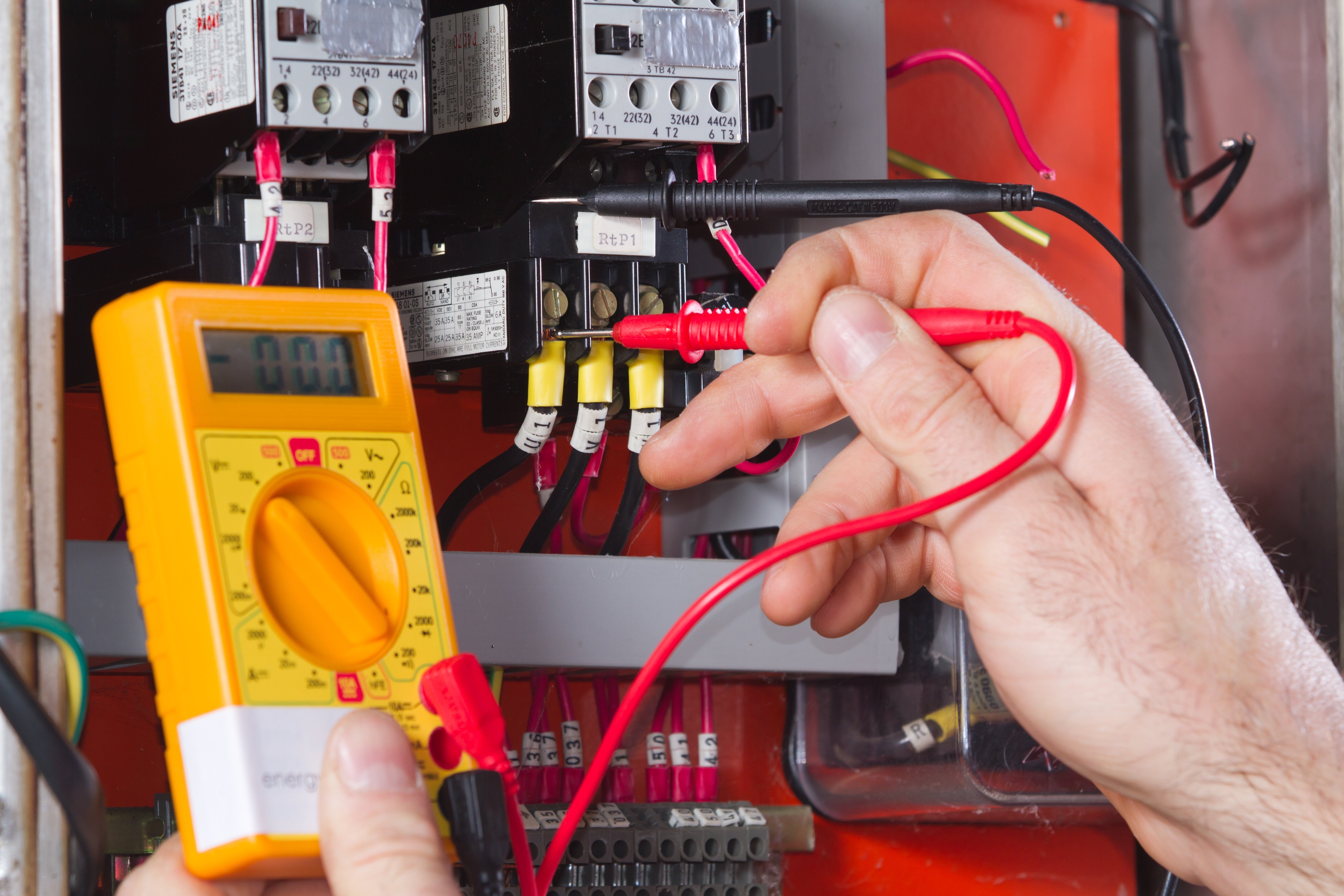Demystifying Electrical Setup: Understanding Codes and Rules for a Lawful and Safe Arrangement
In the world of electric setup, adherence to codes and policies is critical to ensure both validity and safety and security. The intricacies bordering electrical work can be complicated, however familiarizing oneself with the established standards is crucial to navigating this area with self-confidence. By comprehending the complexities of the National Electric Code and local building ordinance, people can ensure that their installations fulfill needed security steps and are in conformity with the legislation. However, the trip to demystifying electric setup surpasses plain experience with regulations; it demands an extensive grasp of just how to execute secure electrical practices successfully.
Significance of Electric Codes
The adherence to electric codes is essential in ensuring the safety and dependability of electric installations. Electrical codes act as a collection of standards and guidelines that dictate the correct layout, installation, and maintenance of electric systems. These codes are developed to decrease the risk of electrical dangers, fires, and various other safety and security concerns that may develop from damaged electric work.

Additionally, electrical codes are consistently updated to integrate new technologies, ideal techniques, and precaution. Staying upgraded with these codes is necessary for professionals in the electric market to make certain that their work fulfills the most recent safety criteria. Eventually, the relevance of electrical codes hinges on creating a safe and efficient electric framework that benefits both people and communities.
Secret Rules for Safety
A number of basic policies control the safety requirements in electric installations. One essential law is the National Electrical Code (NEC), which offers standards for safe electrical style, installment, and evaluation to secure individuals and home from electric hazards. The NEC covers aspects such as electrical wiring approaches, grounding, overcurrent defense, and equipment setup to make sure a safe electrical system.
One more vital law is the Occupational Safety and Health And Wellness Administration (OSHA) requirements, which concentrate on the safety and security of employees entailed in electrical installations (BRE Services). OSHA policies include demands for appropriate training, security procedures, and personal protective equipment to avoid work environment mishaps and injuries
Furthermore, the International Electrotechnical Commission (IEC) criteria intend to balance electrical installment laws on a worldwide scale. These standards address concerns like electric equipment safety and security, electro-magnetic compatibility, and energy efficiency to advertise uniformity and safety in electric setups worldwide.
Compliance with these crucial guidelines is vital to ensure the safety and security and legitimacy of electrical setups, safeguarding both people and building from the dangers associated with electrical energy.
Understanding National Electric Code
Secret regulations such as the National Electric Code (NEC) provide necessary guidelines for secure electrical style, installation, and assessment to guarantee the defense of individuals and building from electrical dangers. The NEC, also referred to as NFPA 70, is a comprehensive set of criteria for electrical installments that are updated every three years. It is created by the National Fire Protection Association (NFPA) and is extensively adopted across the USA.
The NEC covers various elements of electric job, including electrical wiring approaches, grounding, overcurrent protection, and devices installment. It intends to protect people and building by dealing with possible threats connected with electrical systems. Compliance with the NEC is commonly enforced by local authorities having territory (AHJs), such as constructing code authorities and inspectors.
Understanding the NEC is important for electric service providers, designers, and assessors to make certain that installments meet the necessary security needs. By sticking to the NEC standards, professionals can aid avoid electrical crashes and make certain the reliability of electrical systems in residential, industrial, and commercial setups.

Conformity With Local Building Ordinance
Recognizing and adhering to regional building regulations is essential for ensuring the security and conformity of electric setups within a specific jurisdiction (BRE Electrical). Local building regulations vary from one district to one more, and they are implemented to protect the health of occupants and properties. These codes outline details requirements for electric installations, such as the sort of wiring to be utilized, placement of electrical Website outlets, grounding methods, and tons capacities. By following regional building ordinance, electrical contractors can make sure that setups are done properly and fulfill the needed safety standards.
When it comes to electric installments, failing to abide with neighborhood structure codes can result in significant consequences. Non-compliant setups might posture security risks, boost the threat of electric fires, and lead to expensive fines or legal problems.
Making Certain Safe Electric Practices
Exercising stringent adherence to established safety and security procedures is vital in the area of electrical installments to alleviate prospective risks and ensure the health of people and homes. Safety and security in electric work incorporates numerous aspects, beginning with the correct training of employees included in setup, maintenance, and repair. It is necessary to follow manufacturer guidelines diligently when dealing with electrical components and equipment. Before commencing any type of work, it is critical to perform a detailed threat evaluation to identify possible dangers and apply safety nets. Making use of personal safety equipment (PPE) such as insulated gloves, shatterproof glass, and non-conductive footwear is non-negotiable to secure against electrical shocks and arc flashes. Normal equipment evaluations, screening, and maintenance timetables are important to identify and rectify faults prior to they escalate right into safety and security threats. In addition, adherence to appropriate lockout-tagout treatments during maintenance tasks is essential to stop unexpected energization of click to find out more circuits. By prioritizing secure techniques, electric setups can function efficiently while minimizing the likelihood of crashes or damages.
Conclusion
In final thought, adherence to electrical codes and laws is essential for guaranteeing the safety and legality of electrical installments. Comprehending the National Electric click now Code and compliance with regional building regulations are important for a secure arrangement. By complying with these standards and practicing safe electric practices, individuals can protect against possible threats and make sure the appropriate performance of their electrical systems.